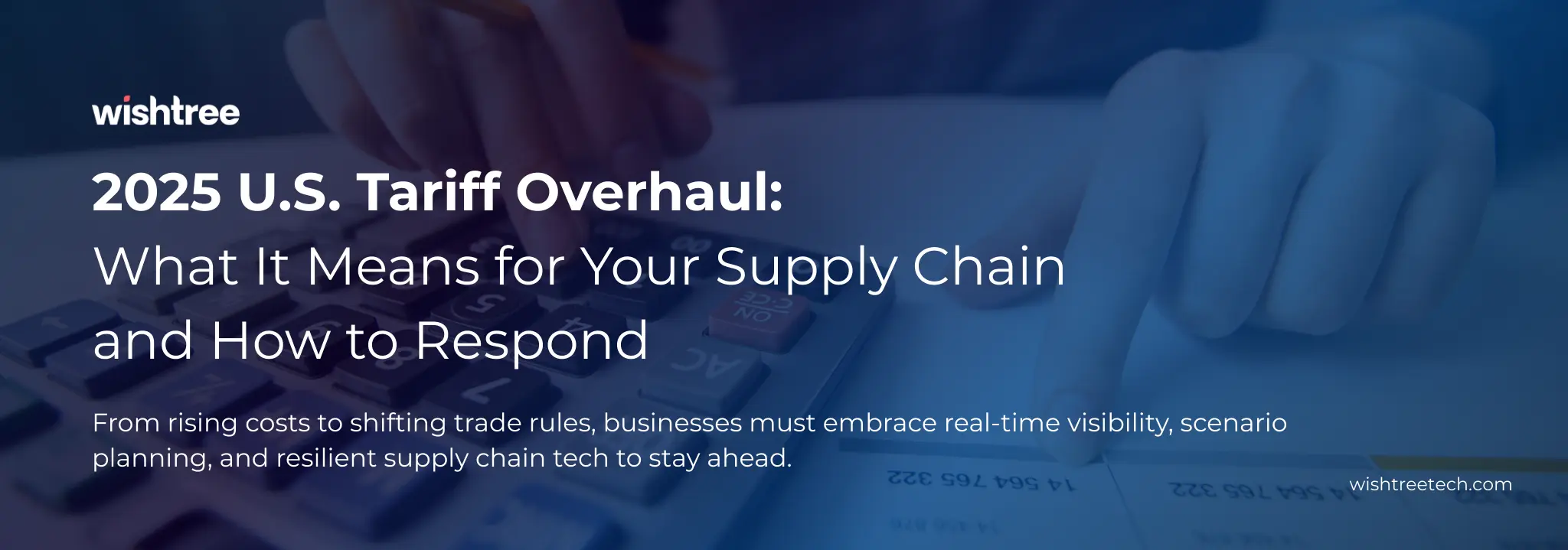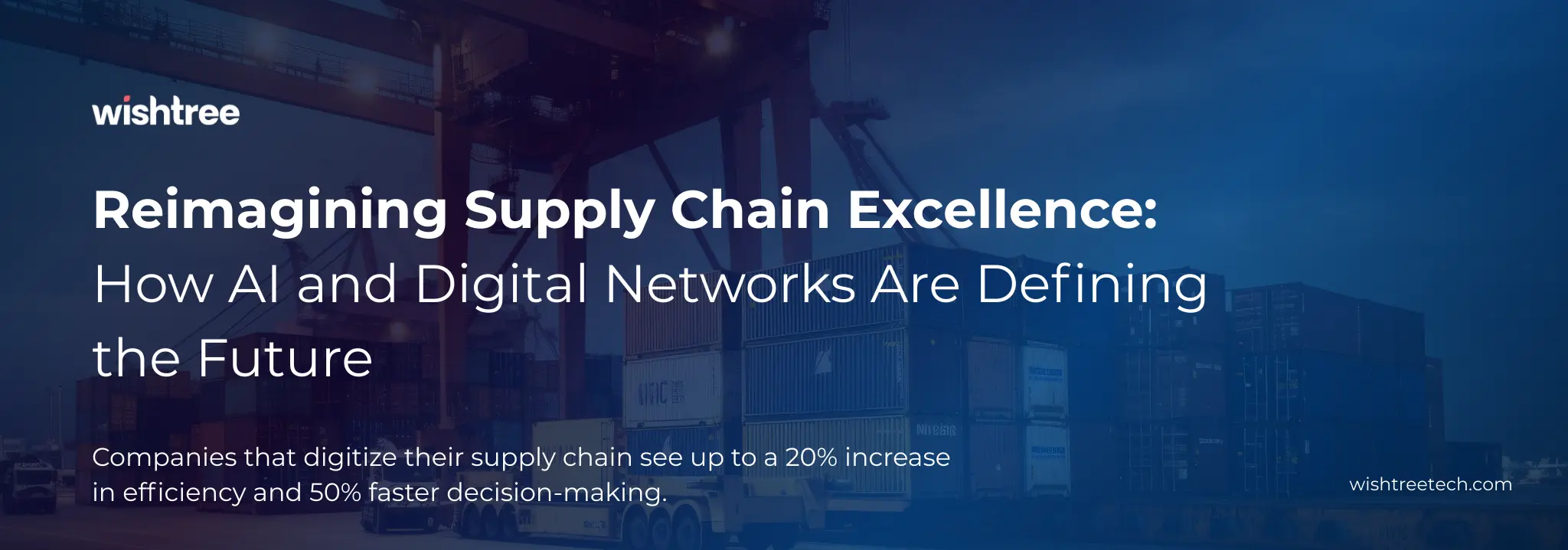Table of Contents
Introduction
2025 has been a whirlwind for anyone watching how the U.S. trades with the rest of the world. Here’s a look back at the major tariff-related events that have happened this year:
February 1st: President Trump kicked things off by signing orders that set the stage for new tariffs on goods coming into the U.S. from some of its biggest trading partners: China (a 10% tax), Mexico (a hefty 25%), and Canada (25% on most things, and 10% on their oil and energy). These new rules were initially supposed to start on February 4th.
February 3rd: Realizing how much the U.S., Mexico, and Canada rely on each other for trade, they managed to agree on a one-month delay before those tariffs on Mexican and Canadian goods would actually be put in place.
February 4th: The 10% tariff on goods from China officially started on this day. This was the first real sign of the changing trade landscape taking effect.
February 10th: President Trump decided to double down on existing tariffs on steel and aluminum. He got rid of some of the exceptions that were in place, bumped the tariff rate up from 10% to 25%, and made sure even more types of steel and aluminum products were included in these higher taxes.
March 4th: The negotiated delays expired, and tariffs on imports from Mexico (25%) and Canada (25% non-energy/oil, 10% energy/oil) went into effect. Simultaneously, tariffs on Chinese imports were escalated from 10% to 20%.
March 6th: A temporary reprieve was offered for goods compliant with the newly established United States—Mexico—Canada Agreement (USMCA).
March 12th: Those beefed-up 25% tariffs on steel and aluminum finally kicked in. This started to really affect businesses that use these materials, like construction and manufacturing.
March 26th: President Trump then dropped another big one, announcing a 25% tariff on imported cars and trucks. This sent shockwaves through the auto industry, both in the U.S and overseas.
The implementation was scheduled to begin on April 3rd for fully imported cars, with a phased expansion to include more imported car parts in the following weeks, extending until May 3rd. This move signaled a major shift in trade policy affecting the global automotive industry.
April 2nd: A landmark announcement saw President Trump declaring “reciprocal” tariffs on imports from a vast 185 nations and territories, slated to take effect on April 9th. Alongside this, a baseline tariff of 10% on all imports was announced, set to begin on April 5th, with the “reciprocal” rates for many countries expected to be significantly higher based on the U.S. trade deficit calculation.
Separately, a significant change for e-commerce and low-value shipments was the abolition of the ‘de minimis’ exemption for goods from China and Hong Kong. This eliminated the duty-free import of goods under $800 from these regions, impacting businesses heavily reliant on this exemption.
April 3rd: The 25% tariffs on fully imported cars commenced as announced.
April 5th: The 10% baseline tariff on all imports came into effect, creating a new minimum tariff level for goods entering the United States.
April 9th: Things took a surprising turn on this day. President Trump announced a temporary, across-the-board tariff of 10% on pretty much everyone except China. This meant those newly implemented “reciprocal” tariffs were suddenly paused for 90 days while the U.S. kept talking with a bunch of different countries.
But, while everyone else got a temporary 10% tariff (or stayed where they were), China got slammed with a massive 125% tariff!
Decoding the Objectives of the 2025 U.S. Tariff Overhaul
The sweeping changes in U.S. trade policy in 2025 are driven by a multi-faceted set of objectives, as indicated by the initial rationales provided:
Addressing Border Security and Domestic Concerns (Mexico and Canada Tariffs): The tariffs initially imposed on Mexico and Canada were explicitly linked to non-economic goals. The administration aimed to leverage trade pressure to compel these neighboring countries to intensify their efforts in tackling alleged fentanyl smuggling and illegal immigration into the United States. Simultaneously, a secondary objective was to protect domestic industries from perceived unfair competition.
Fixing the Trade Balance (“Reciprocal” Tariffs): The official word from the U.S. Trade Representative was that these next set of tariffs, the “reciprocal” ones, were mainly about “evening out the score” when it comes to trade with other countries.
The idea is that if the U.S. buys a lot more from a certain country than it sells to them (that’s a trade deficit), then maybe that country isn’t playing fair, or that this imbalance is just bad for the U.S. economy. The way these tariffs were set up – based on how big the trade gap is compared to how much we import from each country – really highlights this goal of directly tackling those trade imbalances with each specific trading partner.
What These 2025 Trade Changes Mean for Your Business and How to Handle It
The financial strain from these tariffs isn’t going to stay in one place. It’s likely to spread throughout the entire process of making and selling things. The companies that make and supply parts will probably have to charge more. In the same way, the stores you buy from will probably have to raise their prices for shoppers to keep their businesses going, which could then lead to people buying less.
Higher Costs for What You Sell: That 10% tariff on all imports directly makes the raw materials and finished products you bring in more expensive, which eats into your profits. Future higher tariffs on specific countries could exacerbate this significantly.
Reduced Margins: With rising COGS, businesses will face pressure on their profit margins unless they can effectively pass on these costs.
Stuff You Can’t Make Money On): The products you already have in your warehouse and the orders you already agreed to based on old prices might suddenly not be profitable anymore because of these new tariffs.
People Buying Less: Because things are likely to get more expensive due to the tariffs, and because people might be worried about the economy slowing down, consumers might start being more careful with their money and buy less overall.
Problems Getting What You Need: All the uncertainty around future tariffs and the possibility of trade wars can really mess up the usual flow of goods in your supply chain.
Smart Supply Chain Moves for Your Business Today
Being able to change quickly and strategically is key. For businesses, especially those using technology, the answer lies in having a really smart plan for your supply chain and how you put it into action.
First Things First: That 90-day pause is gold. You need to immediately use data to see how different tariff scenarios could mess with your costs, your profits, and how much money you make on each sale. This means looking closely at how much you import, where you get things from, and how sensitive your customers are to price changes.
Plan for the “What Ifs”: Forget about just using spreadsheets to guess what might happen. You need to use powerful data tools to create models that can show you what would happen if tariffs go up or trade rules change. Then, you need backup plans for finding new suppliers, making things in different places, and changing your prices.
See Everything Clearly and Work Together: Get rid of those separate data systems and use platforms that show you everything – your inventory, your orders, and who you’re buying from – all in one place, in real time. Make sure everyone inside your company and your partners outside are all working together smoothly.
Make Decisions Quickly and Smartly: Give your teams real-time data access and the analysis you have already got, so that they can make quicker, smarter choices about where to buy things, how to price them, and how much inventory to keep.
Be a Good Partner: Talk openly to the companies you regularly work with. Understand what challenges they are facing. See if you can find ways to work together to reduce risks as well as save money.
Use Tech to Grow Stronger: Invest in technologies such that they will make your supply chain more flexible and able to bounce back from any problems you might have. This includes:
- Smart Planning Tools to make the best plans for production and inventory when costs and demand are changing.
- Supply Chain Visibility Platforms to see where your goods are and spot potential problems early.
- Smart Forecasting and AI to predict changes in demand, see risks coming, and make better choices about where to get things.
- Tools for Working Together to make communication and sharing information with partners easier.
Having a smart, data-driven approach isn’t just a good idea now – it’s absolutely essential for staying in business and succeeding. Wishtree Technologies is here to help you make that happen.
Contact us today to learn more!


